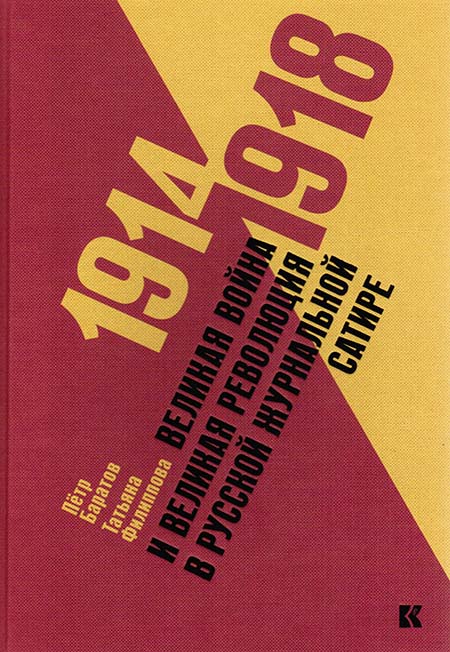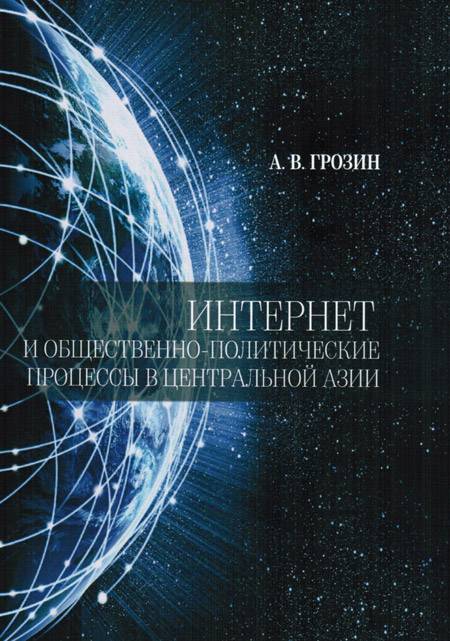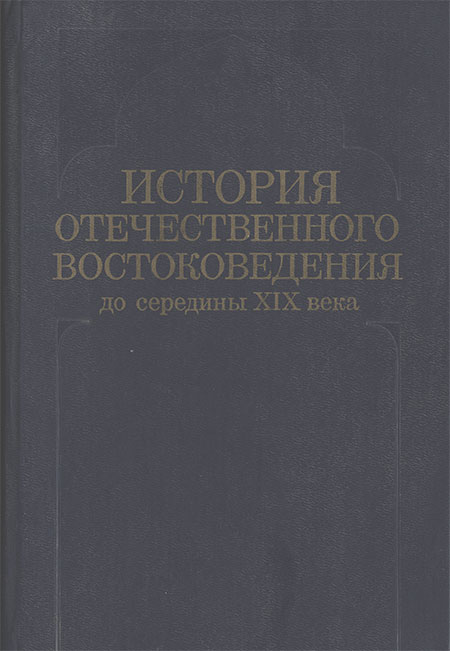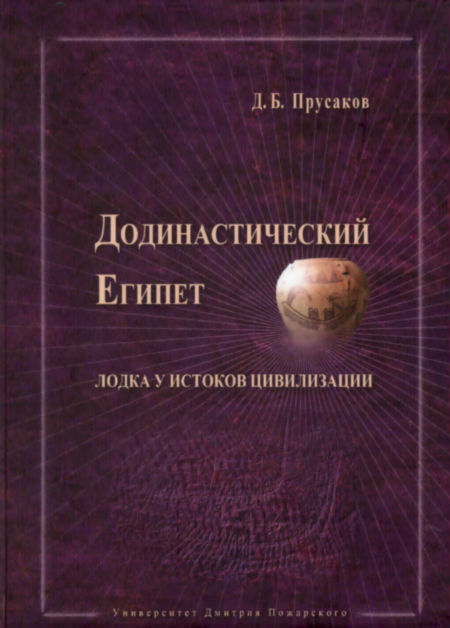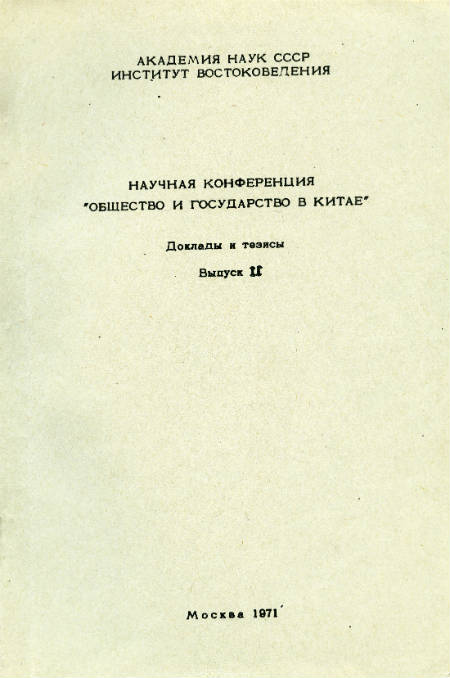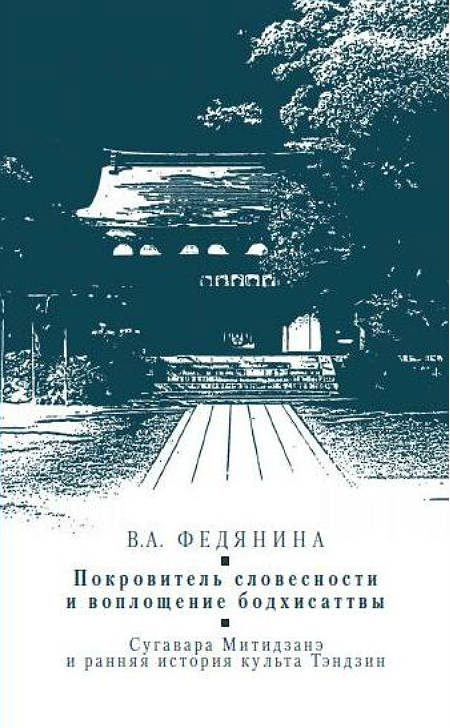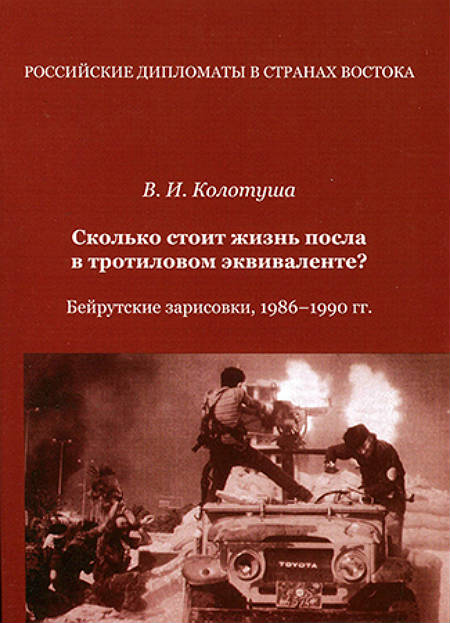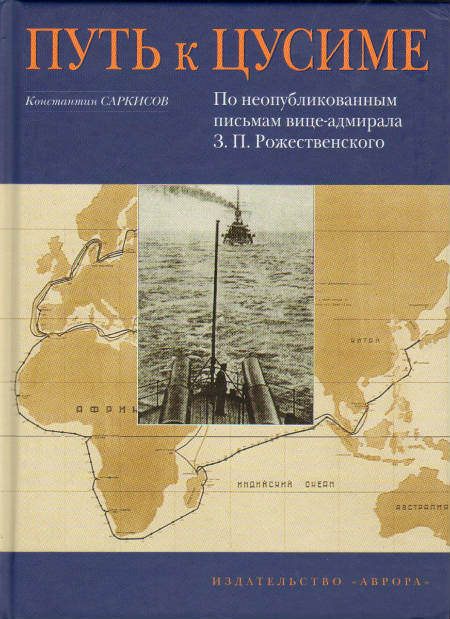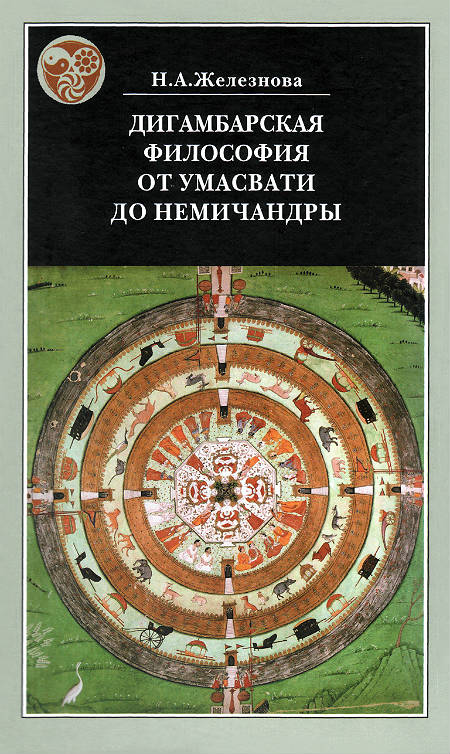Book
Digambara Philosophy from Umāsvāti to Nemicandra. Essays on the History and Philosophy
Еditor: Viktoriya Vertogradova
Translator: Zheleznova Natalia
Москва, 2012, 431 p.
The present monograph is a collection of essays on the history of Digambara philosophy. Each of them deals with a certain specific teacher of the tradition in question and includes a translation of one (or more) of his philosophical treatises. From the standpoint of Digambara tradition itself, the thinkers presented here— Umāsvāti, Kundakunda, Amṛtacandra Sūri and Nemicandra Siddhānta Cakravartin—belong to the same intellectual and spiritual line of teachers (guru-śiṣya paraṁparā).
The monograph also includes an essay on the history of schisms throughout the existence of Jainism. The question of what the history of early Jaina sangha with all its factions (including the “great schism” of Jainism into the Digambaras and the Shvetambaras) actually was has not yet become the object of a special critical study either in Russia or abroad. We therefore thought it necessary to preface the essays dedicated to individual philosophers with a history of the “great schism” as represented in the sources of the both trends of Jainism. A general analysis of the epigraphic data and of the earliest accounts of the schism found in literary sources quoted by both digambaras and shvetambaras gives us a reason to believe that the originally minor differences exemplified by the two trends—jinakalpa (“Jina’s way of life,” i.e., Mahavira’s line) and sthavirakalpa (“the elders’ way of life,” i.e., Parshva’s line)—had by the 5th century A.D. crystallized respectively into the Digambaras and the Shvetambaras.
The second section of the monograph is devoted to the thinker who was a great authority for the both branches of Jainism, Umāsvāti (the Digambara pronunciation is Umāsvāmi), and to his main work, the Tattvārtha-adhigama-sūtra. Aside from an analysis of a number of philosophic problems having to do with the concept of karmic bonds, passions and psychic activity as interpreted by Umāsvāti, this section includes a complete new translation of this work with detailed commentaries.
The third section considers certain issues related to the corpus of texts traditionally ascribed to the early Digambara master Kundakunda (the Corpus Cundacundae). We analyze here the rationalization of consciousness in Kundakunda’s works and pose the question of how karmic matter came to pervade and bind the originally uncorrupted spiritual substance. As long as Kundakunda, according to Jaina tradition itself, is regarded as one of the earliest authors whose works contain mystical ideas, we also discuss the problem of mysticism as phenomenon in relation to Jainism in this section. Translations of three Prakrit works incorporated into the Corpus Cundacundae—the Rayaṇa-sāra, the Aṭṭha-pāhuḍa and the Bārasa-anuvekkha—can be found here as well.
The fourth section, dedicated to Amritacandra Suri, familiarizes the reader with the main ideas of his recently (1968) discovered text, the Laghutattvasphoṭa. Amritacandra’s interpretation of the principal concept of Jaina ethics, ahiṁsā (nonviolence), is analyzed in the context of the Puruṣārtha-siddhypāya, a treatise whose commented translation from Sanskrit concludes the section.
The fifth section considers the historical context within which the works of the famous Nemicandra Siddhānta Cakravartin—the author of several fundamental compendia on various aspects of the Jaina doctrine—were being created. The section includes description of all known texts attributed to that digambara master. It is concluded with a translation of the Davva-saṁgaha, a Prakrit treatise by Nemicandra.
The afterword discusses the place and role of Jaina ethics in contemporary society.
The book’s supplement contains a translation of the Svarūpa-sambodhana, a short Sanskrit text by the noted Digambara philosopher Akalaṅka Bhaṭṭa.
Appendices comprise a list of Sanskrit terms, Indices of proper names and works, and a Bibliography.


